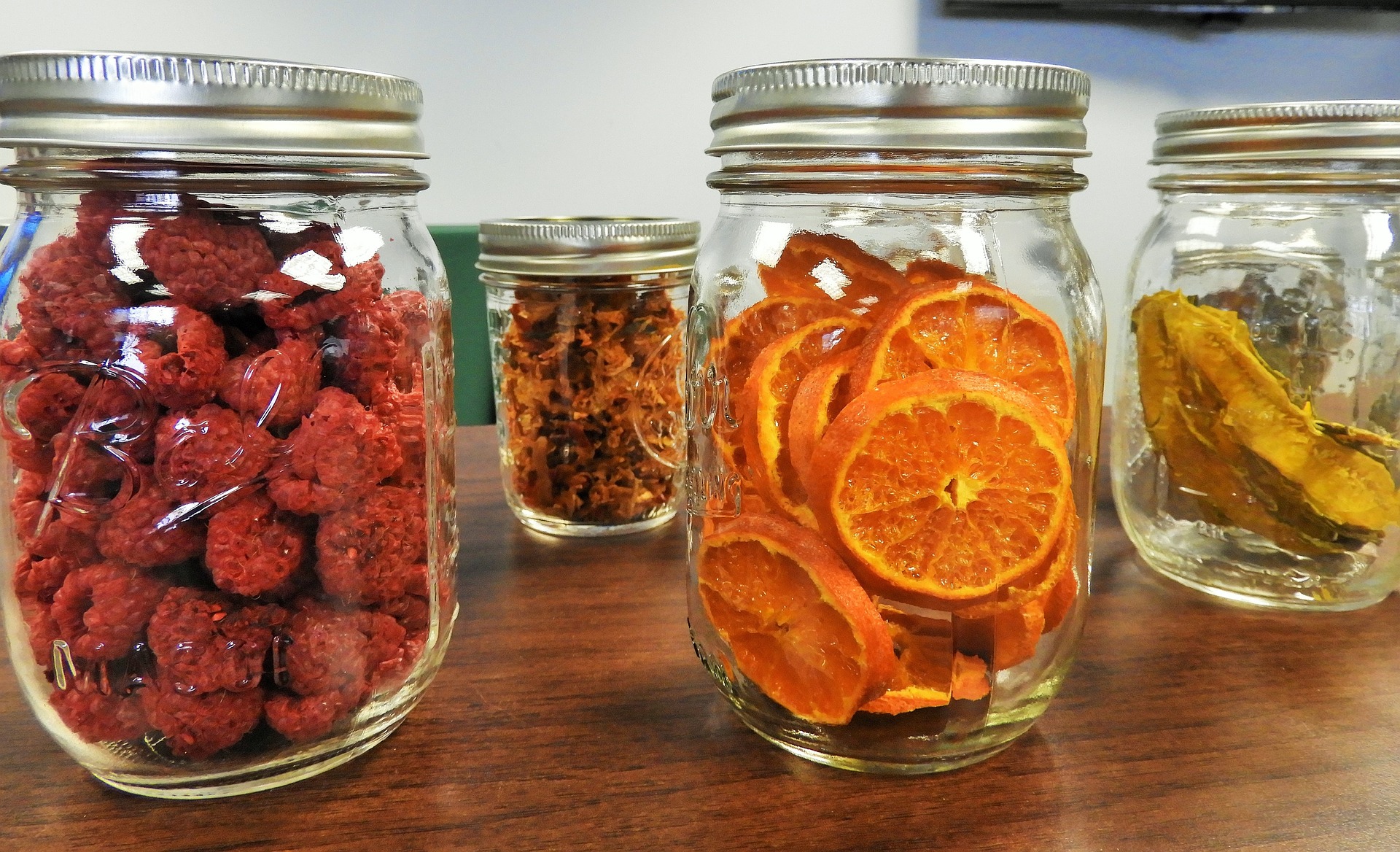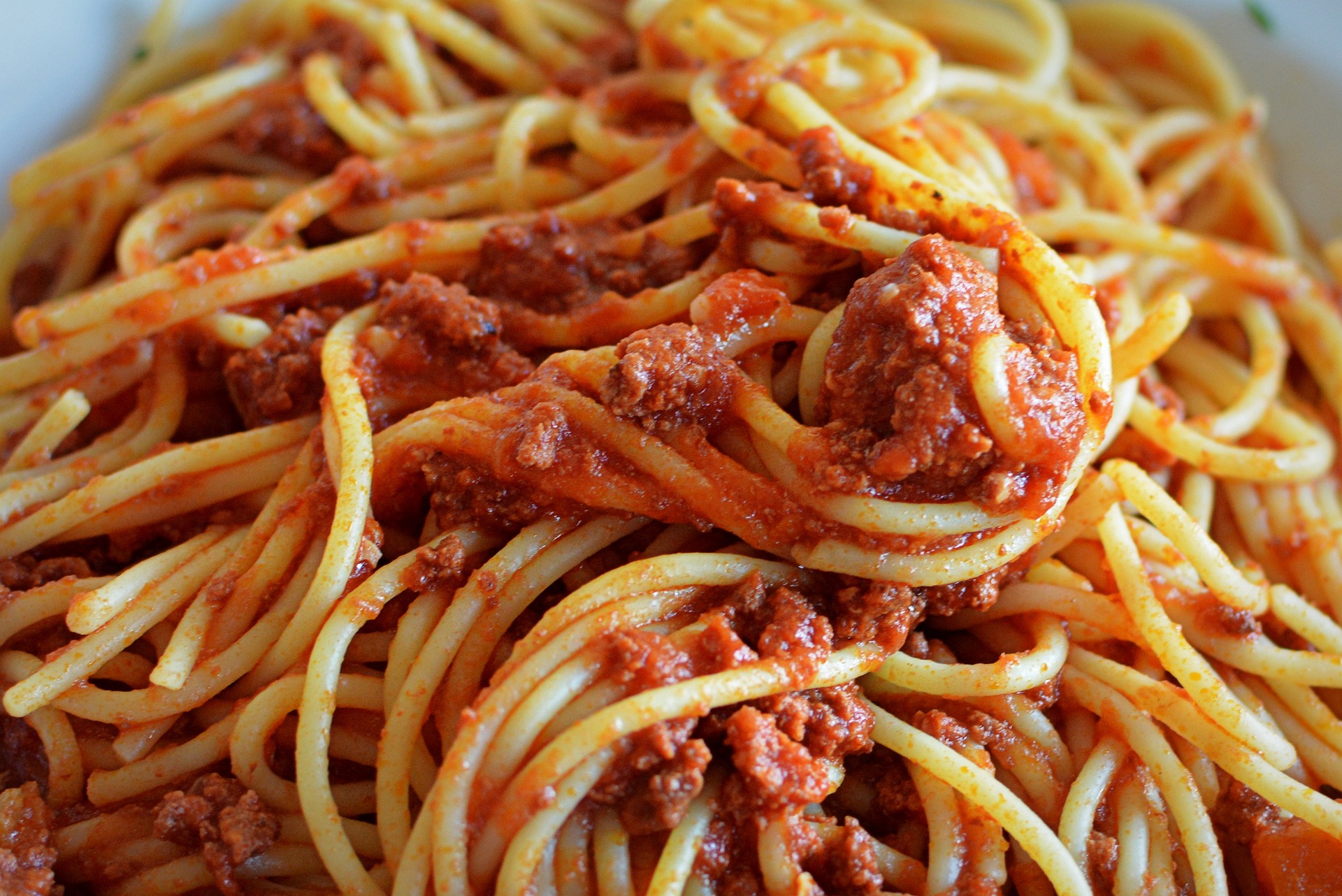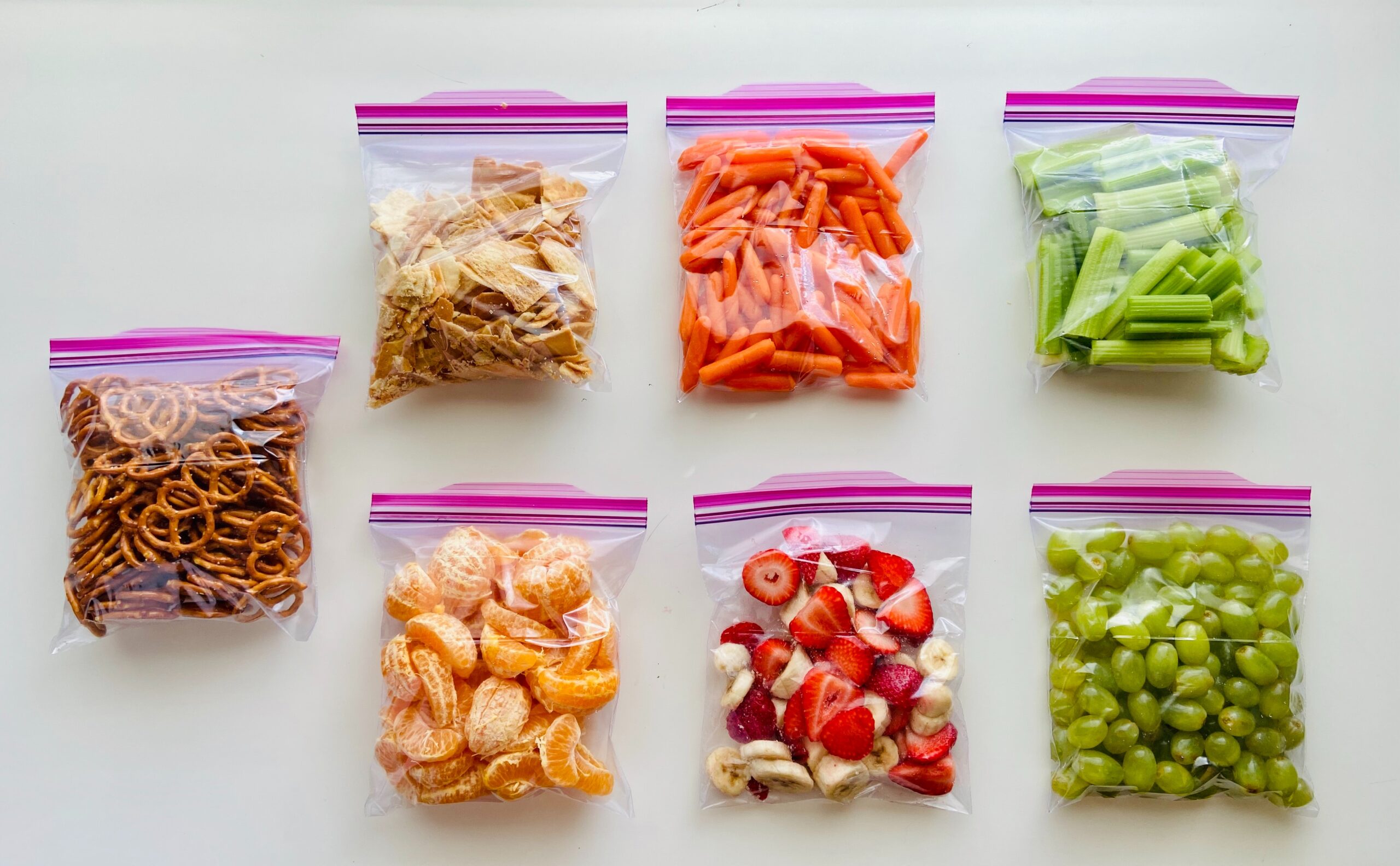Dehydration is the process of preserving food for long periods of time without the risk of it being spoiled. Food dehydration is achieved by Sun Drying, Oven drying or using electric dehydrators.
While in the Outdoors, dehydrated food can be a very good choice for many reasons: You can bring home made food which some of us crave while camping. Also, dehydrated food is easier to store, package and transport specially if you are a light camper and weight can be an issue for you. Besides sometimes time can be an issue if you are losing daylight or maybe you are just tired and don’t have it in you to prepare a whole meal, all you have to do is add a little water to it and you are good to go.
Check our top 9 Camping recipes here.
Dehydration Methods
There are many methods to dehydrate food. Methods vary in terms of the way that they dry foods, how much time is required, and the type of equipment you need.
Method 1: Sun dehydration
Sun drying is the oldest method to dehydrate food. All you have to do is lay food (mostly fruit in this method) on a tray and cover it with a thin layer to protect it from insects and dirt. It could take several days for food to dry properly with this method.
Method 2: Air Dehydration
Similar to Sun dehydration, Air dehydration is easy and doesn’t require any special equipment. Unlike the previous method you will need to place the food in the shade instead of the sun. This will protect it from the sun rays. This method is usually ideal to dry leafy greens, herbal teas and some spices.
Method 3: Oven Dehydration
The Oven can be used for more than just cooking and heating, it can dehydrate your food as well. Although this method could take a few hours depending on the food it is still a good choice for dehydration. Make sure your oven is set to a temperature of 140° F (60° C) or less, because higher temperatures can cook food instead of drying it. Also, be sure to prop the door open while dehydrating your food, it allows extra moisture to escape during the process.
Method 4: Electric Dehydrators
Nowadays, food dehydration is so much easier using Electric dehydrators. Thanks to these dehydrators you can dehydrate food more efficiently. Also it is quicker as electric dehydrators have multiple trays, allowing you to dehydrate several types of food simultaneously. Although, we may warn you these appliances might not be your best bet if you are on budget but still you can manage to get one with a decent price.
How to dehydrate food?
In the steps below we will not be talking about Electric dehydrators as they have specific instructions already packed in the box.
Fruit

You need to select fruits that are fully ripe but not too much. Wash, peel and slice into small, thin and even pieces so they can dry evenly at the same time. To preserve the food color dip into some orange juice.
- Using Sun Drying: Spread the fruit on a tray for three or four days. Don’t forget to flip every now and then and bring them inside during night time.
- Using Oven Drying: Preheat the Oven to 145 degrees, place the fruit on tray racks and prop the door open to allow steam to escape. Leave it in 4 to 12 hours.
Beef Jerky

First of all, buy a good cut of round steak beef. Next, Slice the meat into strips of about ¼ inch long.
Before you can dehydrate your beef you will need a marinade: take a medium bowl and mix together brown sugar, soya sauce, black pepper, onion powder and garlic powder. Later, add the meat to the bowl and mix it really good until all the pieces of beef are well coated, cover with a plastic wrap and leave overnight in the refrigerator.
- Using Sun Drying: Spread the beef strips out on a drying rack so that they don’t touch. Then, hang the rack in direct sunlight for one day.
- Using Oven Drying: Preheat your oven to 185 Degrees. Then, spread the beef strips on a baking tray and leave the strips to dry in the oven for 4.5 hours.
Pasta, Rice and Chilli

These foods are better to be dehydrated in Electric Dehydrators as Oven dehydration can take a long time.
How to store dehydrated food?

Dried foods are susceptible to insect contamination and moisture re-absorption and must be properly packaged and stored immediately. Pack foods into clean and dry containers as tightly as possible without crushing. Dried foods should be stored in cool, dry, dark areas. Recommended storage times for dried foods range from 4 months to 1 year.

